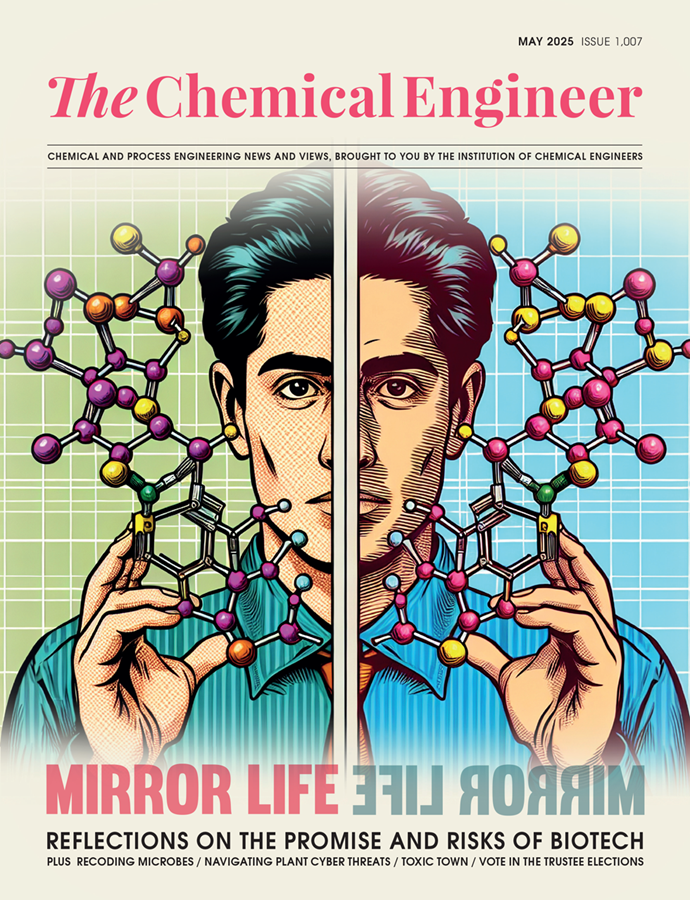Phosphate Rocks Chapter 8: Ladies of Leith

When word got around that a phosphate boat was coming in from Dakar, the Ladies of Leith would congregate. They had learned not to bother with the Sulphur boats. Dutch officers sometimes brought their wives or friends but, even unencumbered, the Dutch sailors were cold and mean, preferring a walk in the Royal Botanic Garden, with its quirky sculpture collection, to a warm, fee-paying embrace. The boats from Senegal had lonely international crews with little interest in modern art.
If he was on shift the morning after the boat came in, John would go and meet the captain. He would make as much noise as possible on the gangplank, clattering and coughing, before knocking and waiting outside the cabin in case the captain still had company. Sometimes he met Polly leaving as he arrived, and they would exchange cordial greetings. Each had their job to do. John treated the Ladies of Leith with respect. If he disapproved of their profession, he didn’t show it. He afforded them the same courtesy that he showed to any female. He was considerate, old-fashioned, broad-minded and a little intimidated.
If Polly had paid attention during school chemistry lessons, she might have remembered the importance of phosphate to our DNA. The other elements – carbon, oxygen, hydrogen, and to some extent (if you are leguminous) nitrogen – can be ingested from air and water, but phosphorus comes from the soil.
Seventy per cent of Polly’s bones were made up of hydroxyapatite; her body contained three kilograms of calcium phosphate1. When she remembered to eat, she ingested about a gram of phosphorus each day.
Polly understood that phosphate was essential to her life. The money that she made on the boats allowed her to buy heroin.
The powdered phosphate rock didn’t catch fire, unlike sulphur, so the stevedores used the Siwertell. This giant Archimedes’ screw rotated inside a huge pipe attached to a dockside crane. It tunnelled into the soft mound of powder in the ship’s hold. The powdered rock spiralled up the screw, rising five metres above the quay before falling into a small hopper which fed the bucket elevator. Forty buckets, connected by chains, rotated around four sprocket wheels, two in the machine room under the elevator shaft, the others at the top of the elevator. The buckets descended empty, scooped up powder as it fell from the quayside hopper and lifted it twenty metres, dumping it into a silo sitting wreathed in a golden mist high above the dock. From the silo, the powdered rock dropped through sieving screens onto a series of rubber conveyor belts that transported it two miles to the giant sheds at the back of the factory. Sheds with the profile of a whale’s jawbone, a leviathan arch and span.
They said that the rock had no smell, but John could detect the heat of the Saharan sun in every golden particle.
The day of the explosion started with a perfect sunrise. The sky was still dark as John made his way down Leith Walk, but as he turned east through the dock gates the embryo sun was already turning the sky a deep blue.
The Gardyloo was on the move and John caught a nauseating whiff as it passed. Named after the Edinburgh warning cry as people emptied buckets of waste from high windows onto the street below, a corruption of the French gardez l’eau – look out for the water, with water here being used euphemistically – The Gardyloo continued that fine medieval tradition of dumping human waste. The shit ship filled up at an effluent station on the dock and took Edinburgh’s sewage out to the deep ocean, taking all the excreted nitrate, potassium and phosphate salts with it.
The swing bridge opened to let the boat out, cutting off the shortest route to the factory. John cursed. If he’d arrived two minutes earlier, he’d be in his office by now. He began the long hike round the dock basin, surveying the chimneys and columns that soared up behind the bulk store.
From left to right: a fine white mist from the top of the rectangular prilling tower meant the Nitram plant was operating. It was still too dark to see the wisps of orange from the tallest column, but the silver steel was just starting to glow, and steam rose from the cooling towers, so NAP3 was also on. A dense woolly stack curled up from SAP1. Was it starting up or shutting down? Not a wisp of steam from the next building along, or from the chimney at the end which meant that Supers and PAP must be off. But, joy of joys, a healthy white column, billowing upwards and inclining towards the sun, meant that the Granny was running at full rates. Wind south-westerly, blowing out to sea.
As he turned into the wind, toward the dock basin, he noticed that the overdue phosphate boat had finally arrived.
Recent Editions
Catch up on the latest news, views and jobs from The Chemical Engineer. Below are the four latest issues. View a wider selection of the archive from within the Magazine section of this site.




